What is Preparation?
In Chess, preparation involves knowing the multiple lines and variations surrounding a given opening or position. At the highest level, Grandmasters will spend hours of time reviewing positions to prepare for their following game(s). In Yu-Gi-Oh, I'm not saying we should invest hours into preparing for matches, but there are things we can learn from analyzing different aspects of the game. In this series, we'll analyze different parts of the game to try and help you prepare for upcoming locals, tournaments, events and etc.
Video Counterpart
https://www.youtube.com/watch?v=_tk9beS56pI&ab_channel=BlueRainTCG
Learning from the OCG
In this article, we'll be taking a look at some of the best performing decks in the OCG. We're going to try and break down what's different about them compared to the TCG and analyze some of their more unique card choices. We'll also try to translate some of their success over to the TCG and see if we can implement same/similar ideas and concepts. Please also remember that the TCG and OCG follow different Forbidden and Limited lists, card pools and even Tournament formats.
Format Differences relative to Meta
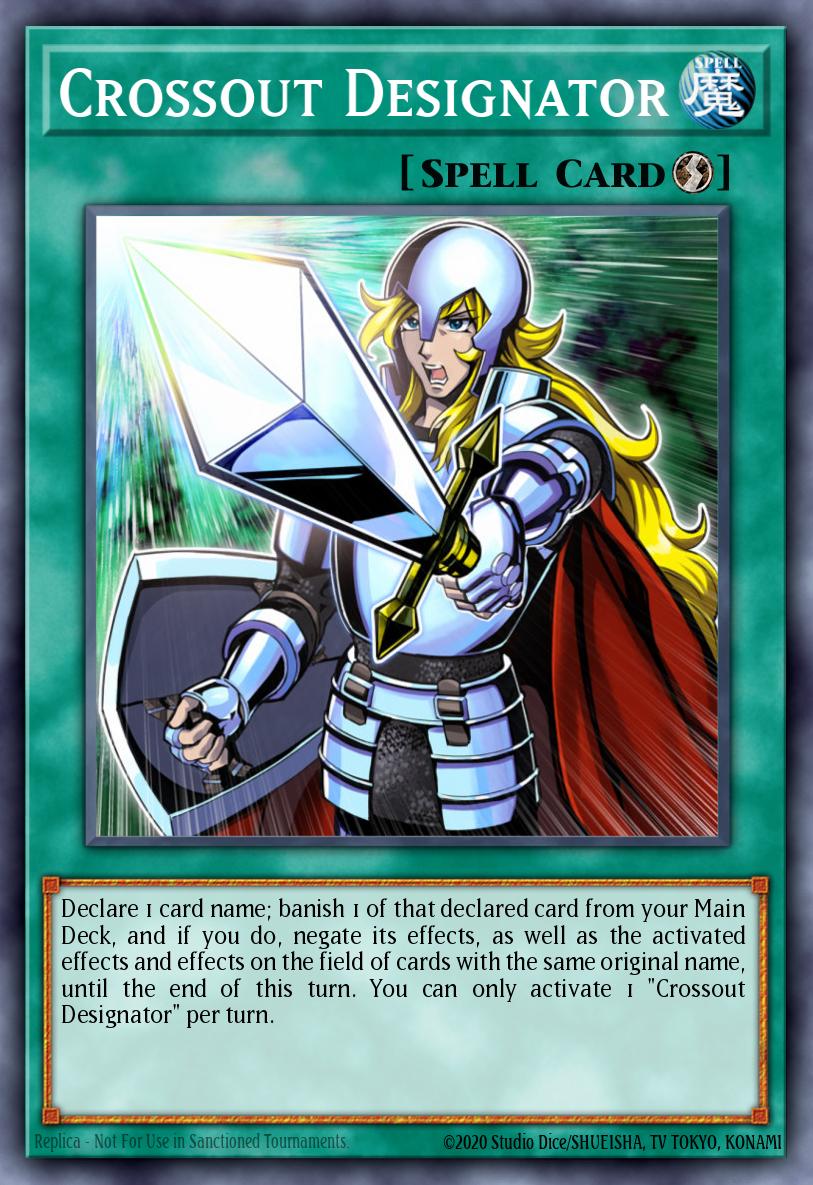
Here are some of the noteworthy differences between the TCG and OCG format.
Lightning Overdrive is RELEASED in the OCG.
Guardragon Elpy, Number S0: Utopic ZEXAL, and Red-Eyes Dark Dragoon are BANNED.
Astrograph Sorcerer, Nadir Servant, Souleating Oviraptor, and Mystic Mine are LIMITED to 1.
Cursed Eldland, Magical Meltdown, That Grass looks Greener, Emergency Teleport, Salamangreat Circle, and Called by the Grave are SEMI-LIMITED to 2.
Skill Drain, and Maxx "C" are UNLIMITED and can be played at 3.
Other format differences do exist but these are some of the most noteworthy ones at a glance.
Drytron
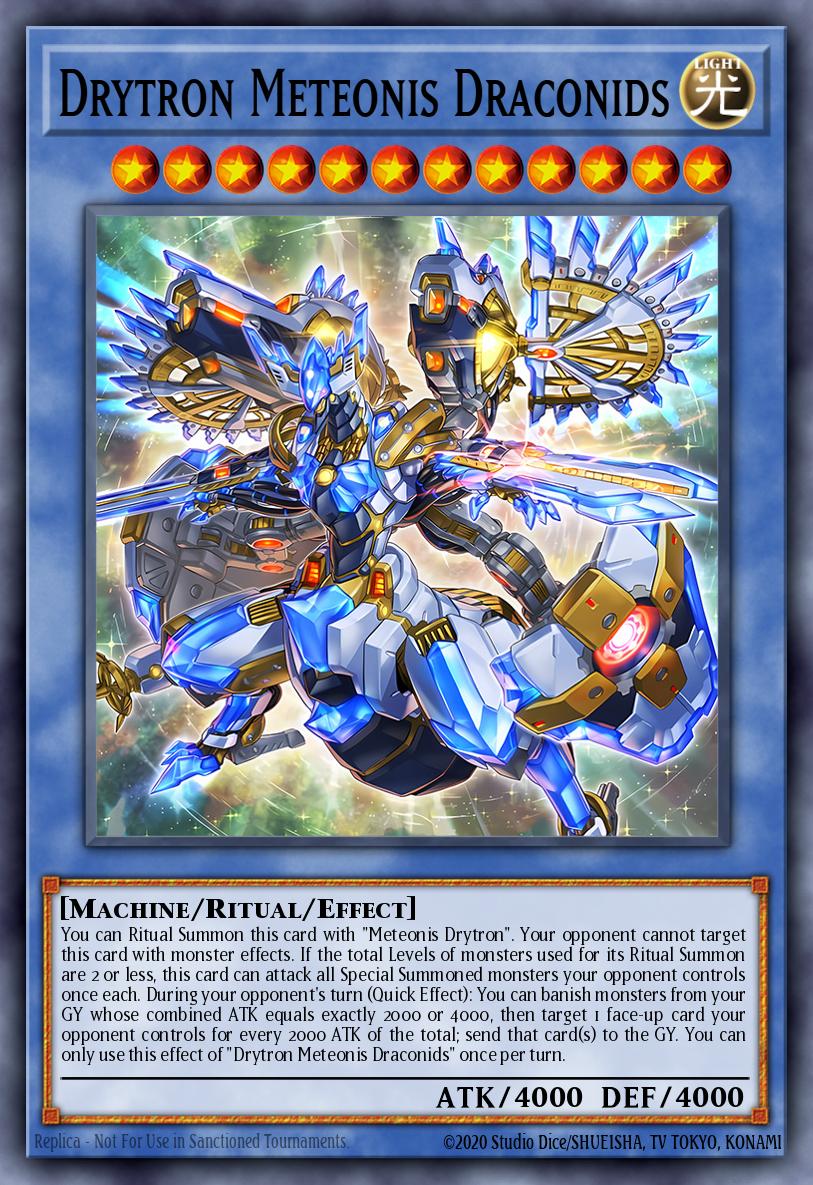
We'll start off with Drytron; one of the most dominant decks in both metas. In the OCG, Drytron is viewed as a heavy threat and is heavily teched against. To combat this, Drytron players have changed the build to try to play around some of these problems. For example, some Drytron builds have opted to play less search cards and more Drytron monsters. This helps play around Droll & Lock Bird and Mistake. Drytron Meteonis Draconids has also gained popularity as a Ritual alternative to Cyber Angel Benten. If Benten is met with D.D. Crow or Ally of Justice Cycle Reader, you can create a beefy 4000 ATK disruption in Draconids. Drytron in the OCG also have some powerful cards that we don't yet have in the TCG. Let's take a look at them.
Diviner of the Heralds
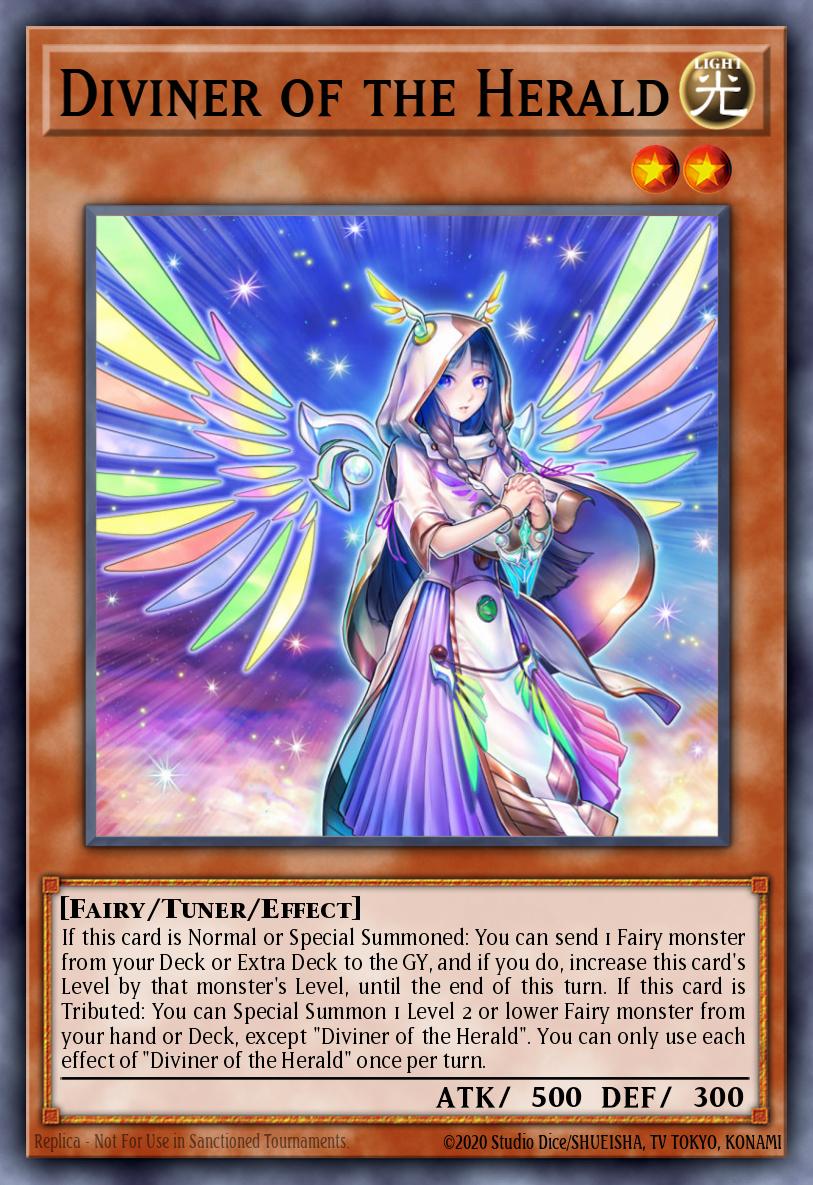
Diviner of the Heralds is a Level 2 FAIRY TUNER that sends a FAIRY monster from your Extra Deck to the GY when it is normal or special summoned. After resolving this effect, Diviner gains levels equal to the sent monster's level. If Diviner is tributed, it summons a Level 2 or lower FAIRY from your hand or deck except itself. Diviner is a solid card that lets you send Herald of the Arc Light for a free search. Diviner being a tuner also allows you to play Level 7 Synchros as it can easily become a Level 6 to Synchro with a Level 1 Drytron. This also opens doors to playing Crystron Halqifibrax and maybe some other combos. The inclusion of Diviner almost completely replaces Manju as it is a more flexible normal summon. This has also led some lists cutting Vanity's Ruler as well. It adds consistency, flexibility and makes it clear why Drytron is so heavily teched against, the card is just really good.
Drytron Mu-Beta Fafnir
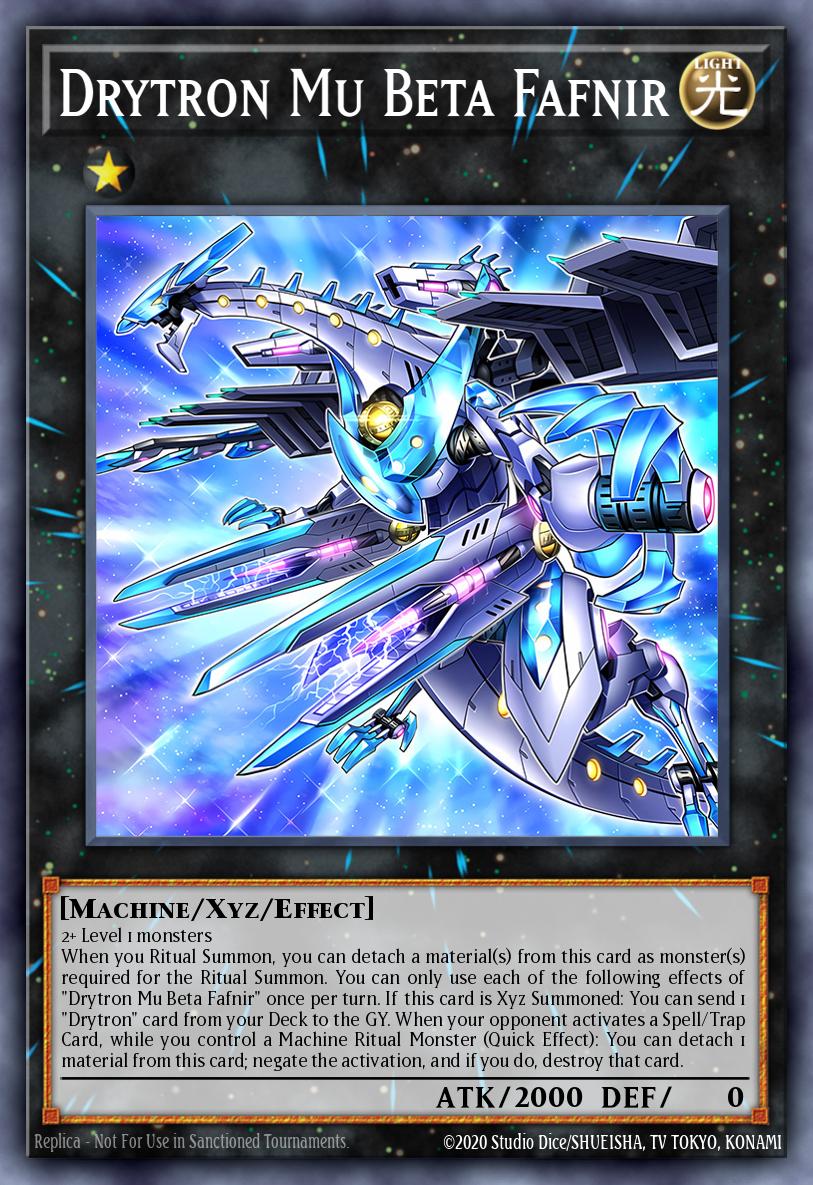
Drytron Mu-Beta Fafnir is a Rank 1 XYZ that requires 2 or more Level 1s to summon. It has an effect that lets you Ritual summon using its XYZ materials and is a Foolish Burial for Drytron cards if it's XYZ summoned. It can also negate S/T while you control a MACHINE Ritual monster. Mu-Beta's release adds even more consistency to the deck, it's easy to summon with any 2 Drytrons and furthers your development. The S/T negation effect can also come up if you have Drytron Meteonis Draconids on the field. Mu-Beta is just another tool for the Drytron deck. You summon it while proceeding in your combo and only good things can come from it. The ability to indirectly play through another disruption is great too since it lowers the amount of search cards you need to play to get to a Drytron monster. The idea here is previously, the primary way to get to your Drytron monsters is through search effects which plays into Droll. With Mu-Beta, you can still "search" for Drytrons while playing around Droll. It also gives the deck an easier way to go into Zeus if necessary.
Translating to the TCG
The OCG meta for Drytron hinges on a few cards that we don't have yet. Both Diviner and Mu-Beta greatly increase the consistency of Drytron and raises both the floor and ceiling of the deck. Cards like Maxx "C" and Crossout Designator are also cards that we have no information on (regarding card legality in the near future), so we won't talk too much about them. Elements that can appear in the TCG however, include Draconids becoming more popular and a more heavy monster lineup to counteract Droll & Lock Bird. In the future, if decks continue to tech heavily against Drytron, Drytron might change their strategy to try and combat this.
Eldlich Preparation
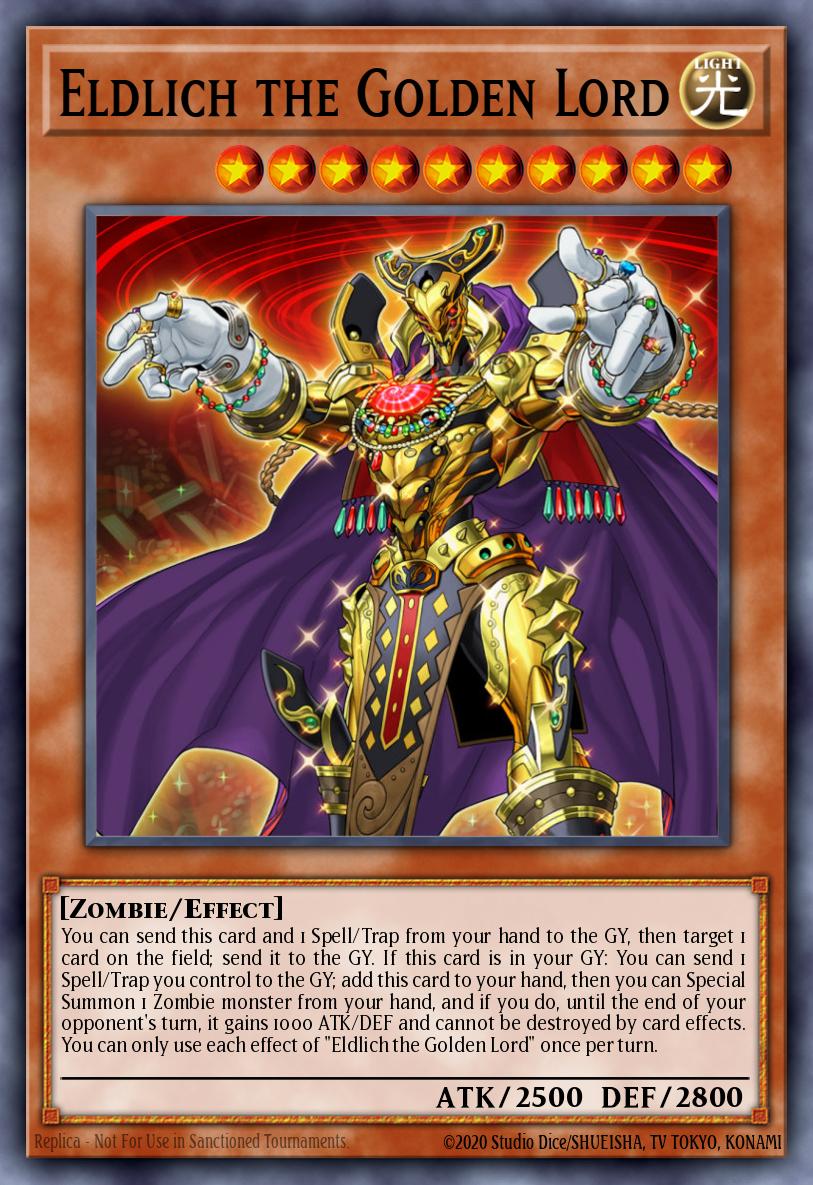
Next up we have Eldlich with the inclusion of That Grass looks Greener and Zombie World. Currently, the more popular Eldlich builds involve playing a heavy trap line-up including multiple floodgates and six Solemns. This prevents your opponent from setting up while also letting you fight on board. Since these Eldlich variants do not summon a lot, some have even decided to play tech normal summons. One tech is Kuribandit, which helps you mill while fetching you a S/T. The deck also plays a heavy mill engine with Grass being the primary worker. Because Eldlich S/T have GY recursion, sending them to the GY isn't a bad thing. Some variants also play Reasoning to help get through the deck even faster. The deck also features Mistake to prevent your opponent from searching.
Zombie World
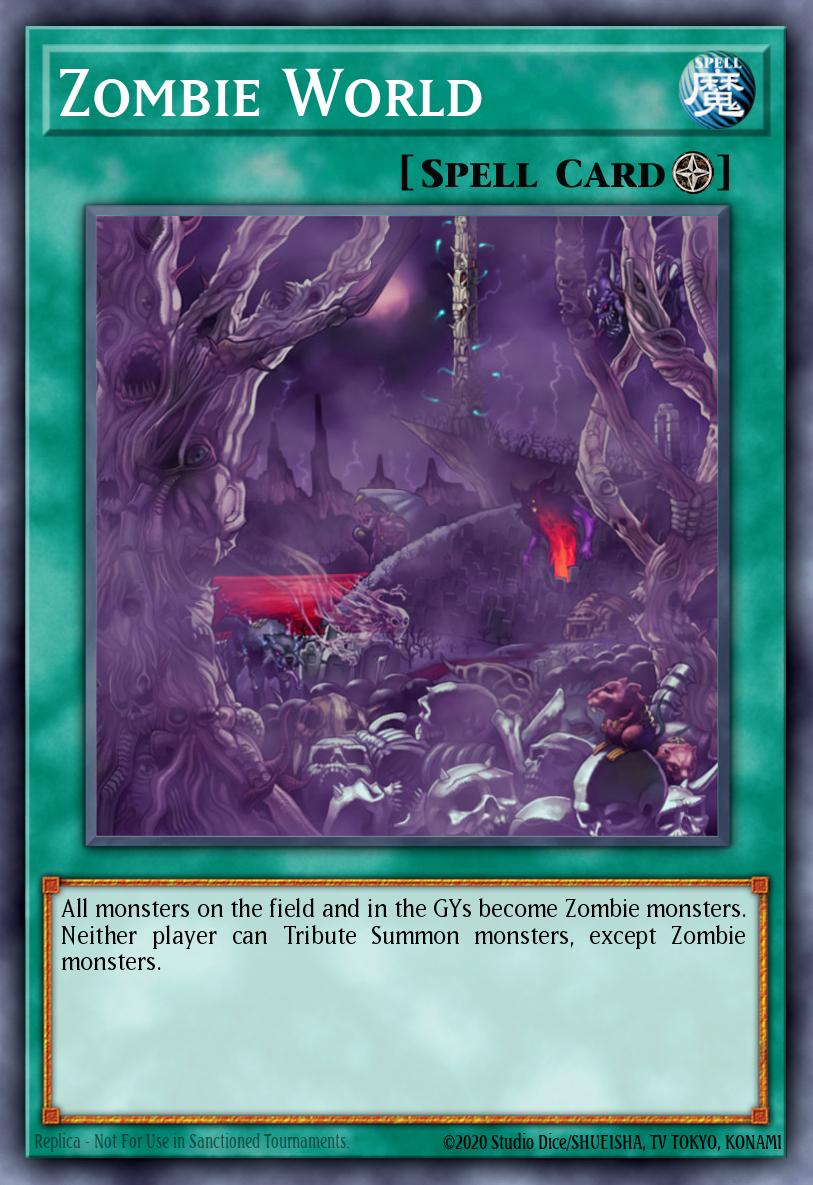
Zombie World might seem like an odd card for Eldlich, but it does have its merits. Turning everything into Zombies is quite impactful in this meta, as types do matter. While Zombie World is active, Drytron is unable to tribute monsters on the field with Meteonis Drytron. If combined with Rivalry of Warlords, many combo decks will find it extremely difficult to continue play as they must summon Zombies. This prevents a variety of decks from operating such as Prank-kids from fusing and linking, Zoodiac from XYZ climbing, Virtual World from spamming out monsters and many others such as halting Salamangreat and Thunder Dragons. Zombie World is also played alongside a small engine featuring Necroworld Banshee, Doomking Balerdroch and Glow-Up bloom.
Traps
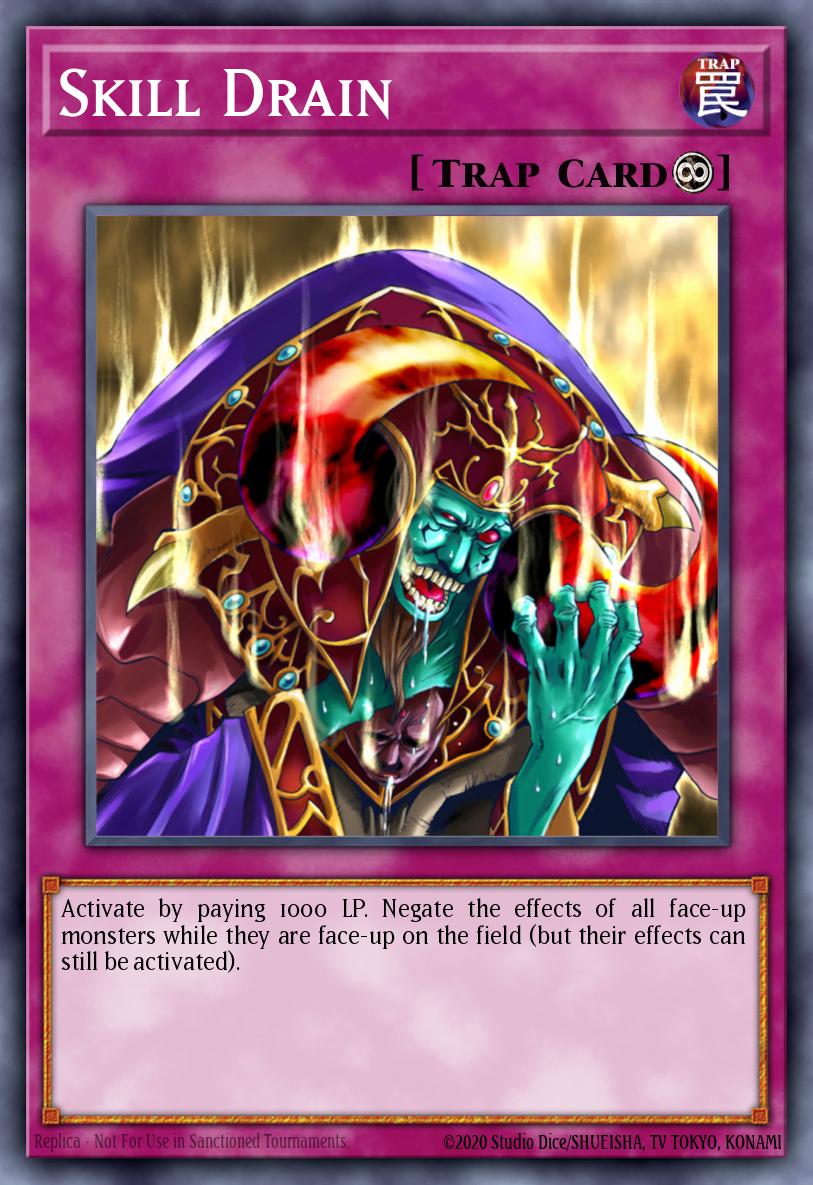
Most Eldlich variants in the OCG run a heavy trap lineup to fight against Virtual World and Drytron. The idea behind this is that although both decks prevent you from "playing" the game, they don't have many ways to directly interact with the board without you playing into them. Therefore, running a heavy trap pool is good both going 1st and 2nd. Going 1st, traps will disrupt and prevent your opponent from developing. Going 2nd, you'll have an extra card to hold the field. When it reaches your opponent's turn again, any combination of a floodgate and a counter trap should break the board apart. For example, Skill Drain + Solemn Strike can easily disable Vanity's Ruler and Herald of Ultimateness. Afterwards, you can simply summon Eldlich the Golden Lord and start beating your opponent down.
Milling the Deck
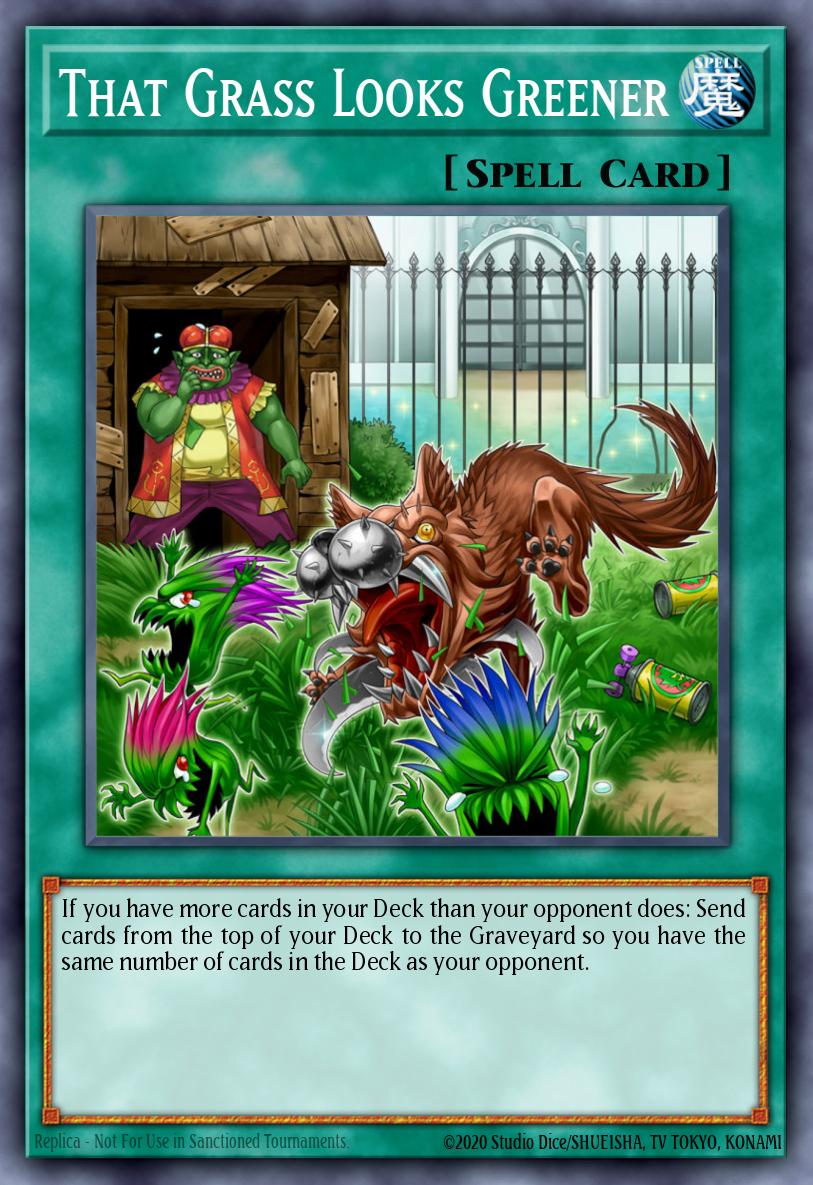
That Grass looks Greener and your other mill cards are part of an engine that helps you quickly accelerate your GY. Since Eldlich S/T have cycling while in the GY, using cards like Grass is great to quickly stack up your resources. Cards that accomplish similar results also include Reasoning and Kuribandit. Reasoning is good as it will mill cards until it reaches a monster. Since the deck plays so few monsters, it's fair to say Reasoning will mill a significant number of cards. Furthermore, almost all the monsters you play are relevant and has a wide range of levels. Therefore it is easy for reasoning to result in a Uni-Zombie, Balerdroch, or Necroworld Banshee which will help you set up even more. Getting a Golden Lord would also be fine as it'll enable extra effects from your Eldlich S/T. Kuribandit is also powerful as it could get you to one of your many floodgates. With the current Eldlich list playing 3 of Skill Drain, Mistake, Summon Limit and Rivalry of Warlords, chances are you'll see one of them. Although this won't come into effect until the next turn, the Eldlich deck is great at holding down the board until then. Afterwards, whatever card you got should be crushing.
Translating to the TCG
In the TCG, Eldlich builds have already mostly abandoned their combo hybrids and have adapted to a more trap heavy build. The main differences between the TCG and OCG is the TCG does not have access to a comparable mill engine. Therefore, playing 60 cards might prove difficult as it'll hurt the consistency of the deck. The TCG also lacks the presence of an Unlimited Skill Drain which without a doubt is one of the strongest floodgates in the game. Despite this, there are techs from the OCG that we can adapt that don't look bad. For example, Kuribandit is a simple card with a pretty good idea behind it. Zombie World and its synergy cards are also good control cards that also give you some added punch.
Virtual World
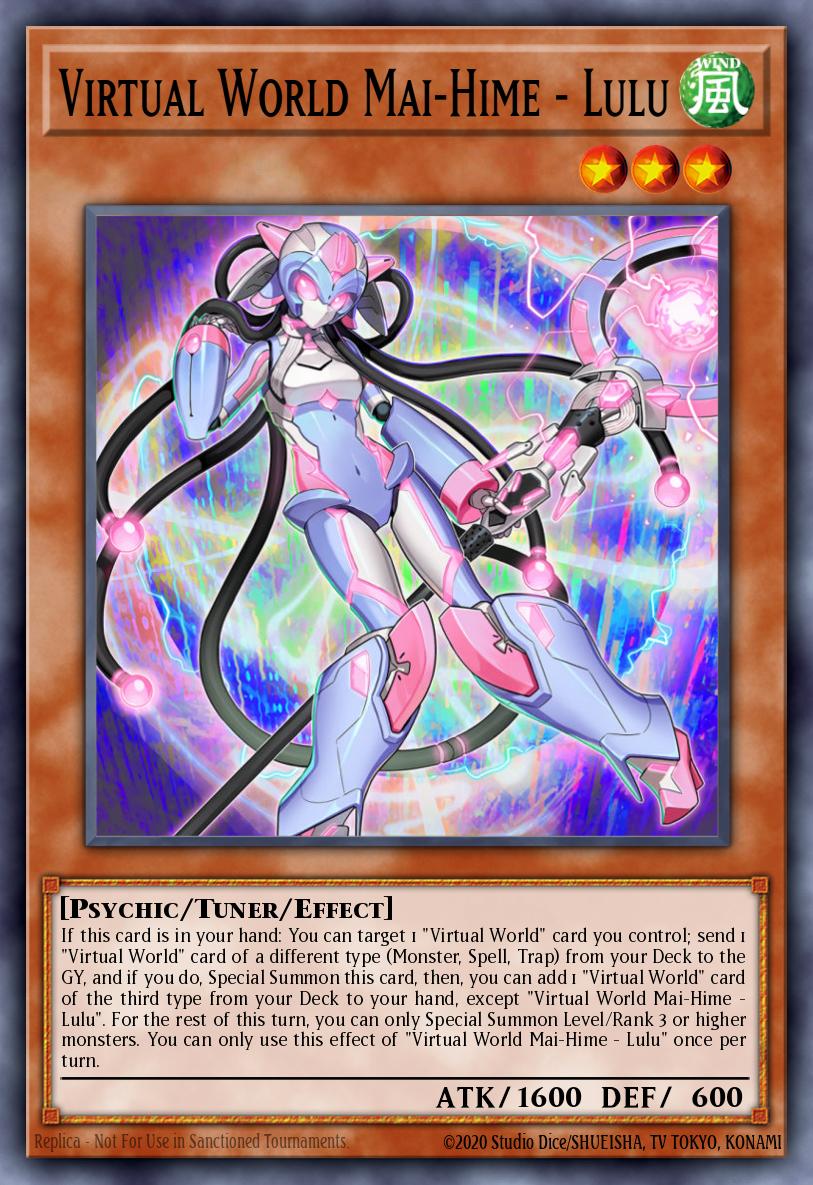
Virtual world is a deck that doesn't have too many distinguishable differences across formats. The main thing going for it in the OCG, is that OCG has Called by the Grave at 2 and access to Crossout Designator. These cards are both great at making sure your play goes through un-interrupted. Aside from that, the main deck plays relatively the same monster and hand trap lineup with the inclusion of Maxx "C". Recently, Virtual World has been dipping in popularity perhaps due to the many strategies implored to counter it. Solemn Strike and other Traps have been popping up all over the place which all pick apart the Virtual World board. In addition, more small engine decks such as Zoodiac, Prank-kids and Dragonmaid can run many hand traps to stop your combo from going through. Overall, there isn't really too many differences for this deck. The idea is still to summon True King of all Calamities and end the game from there.
Innovation, I Guess?
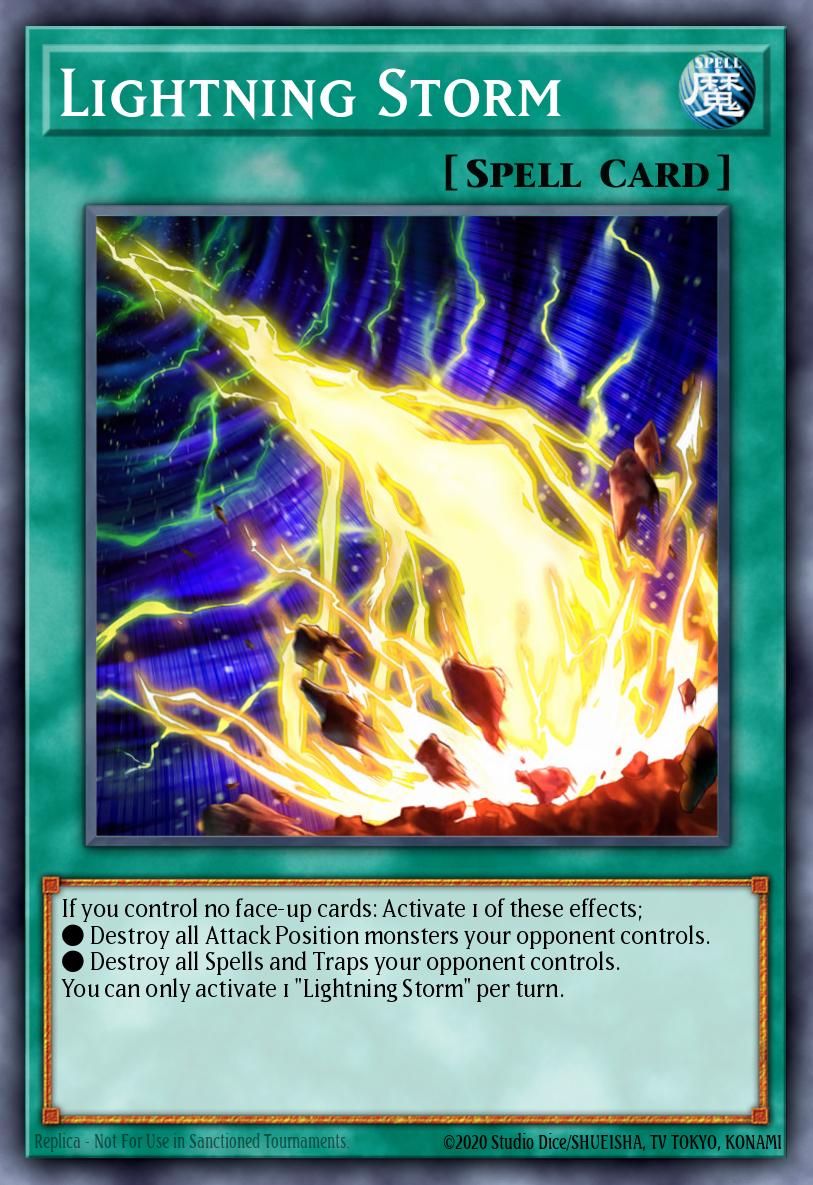
The innovation of the OCG variants of Virtual World is how they construct their side deck. Now 1st, it's worth noting that side decks are generally constructed for what you expect to play against. Since these tournaments aren't exactly huge, it's difficult to know whether or not the players have a general sense of what they'll be running into. In the side deck, you can see a mix of hand traps, floodgates and anti-backrow cards. These come in the form of Droll & Lock Bird, Lightning Storm and Skill Drain. Hand Traps are self explanatory with Drytron running wild in the format. Skull Meister is also a popular hand trap effective against multiple decks. Lightning Storm and Red Reboot are necessary cards against trap heavy control decks. Skill Drain is a great floodgate that you can somewhat control with Virtual World Gate - Chuche. It also doesn't hurt your deck too much since most of your effects activate in the hand or GY.
Translating to the TCG
Virtual World in the OCG looks much stronger with cards like Crossout Designator and more extenders. Now obviously, we can't adapt those ideas because it's just not possible. However, ideas like Skill Drain are cards that do have potential. Skill Drain makes it so that if your combo is halted by something like Nibiru, you aren't dead in the water during your opponent's turn. Afterwards, you can rebuild you board as most of your effects activate from hand or GY.
Zoodiac
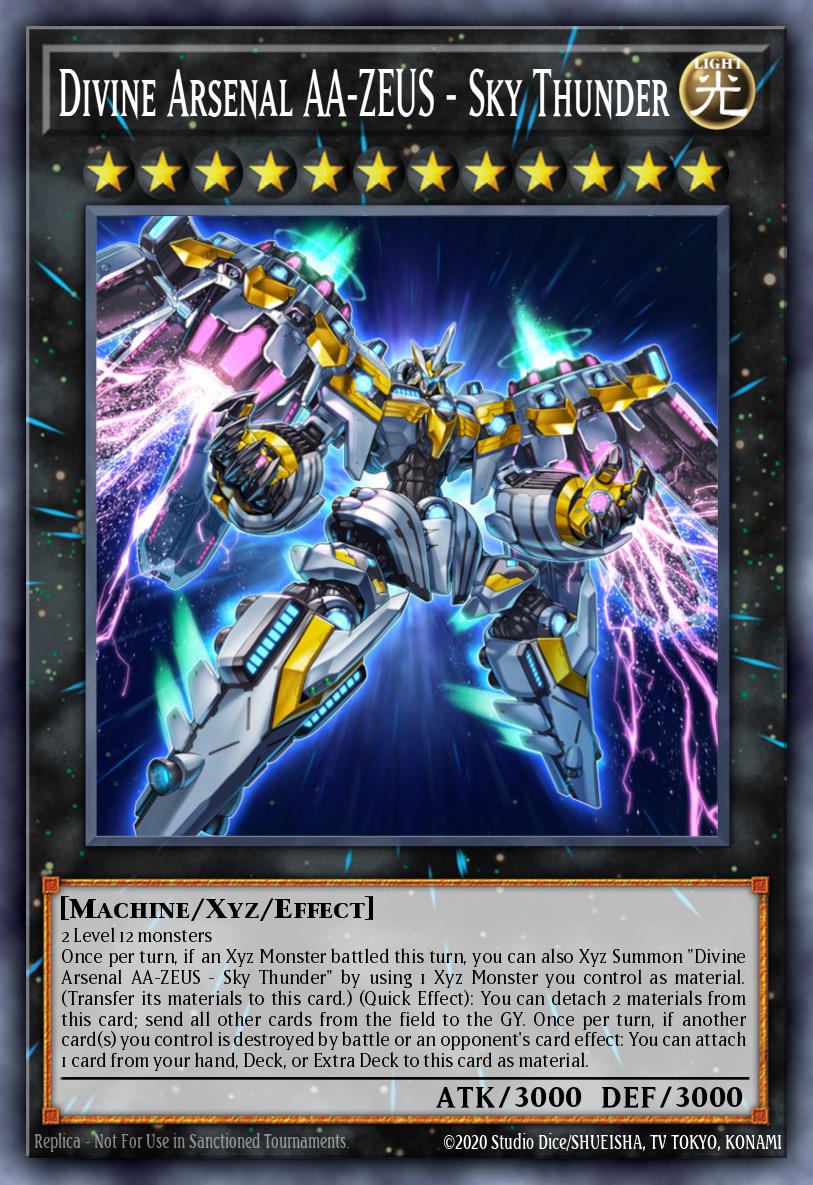
Zoodiac is a deck that players in the OCG prefer to play pure while players in the TCG prefer to play mixed. In the OCG, Zoodiac generally consists of your basic Zoodiac engine with the rest of the deck filled with hand traps and supplemental cards. Some builds have also substituted playing hand traps for floodgates in the form of Anti-Spell Fragrance and Mistake. The idea behind this is simple. Hold down the board with Zeus and your floodgates. If they can't get past the floodgates, they normally can't get past Zeus either. If they do get through your floodgates, then you can still hold the board with Zeus. This combination is also effective as Anti-Spell will force your opponent to set their S/T letting Zeus send them all off the field.
Build Variance and Adjustments
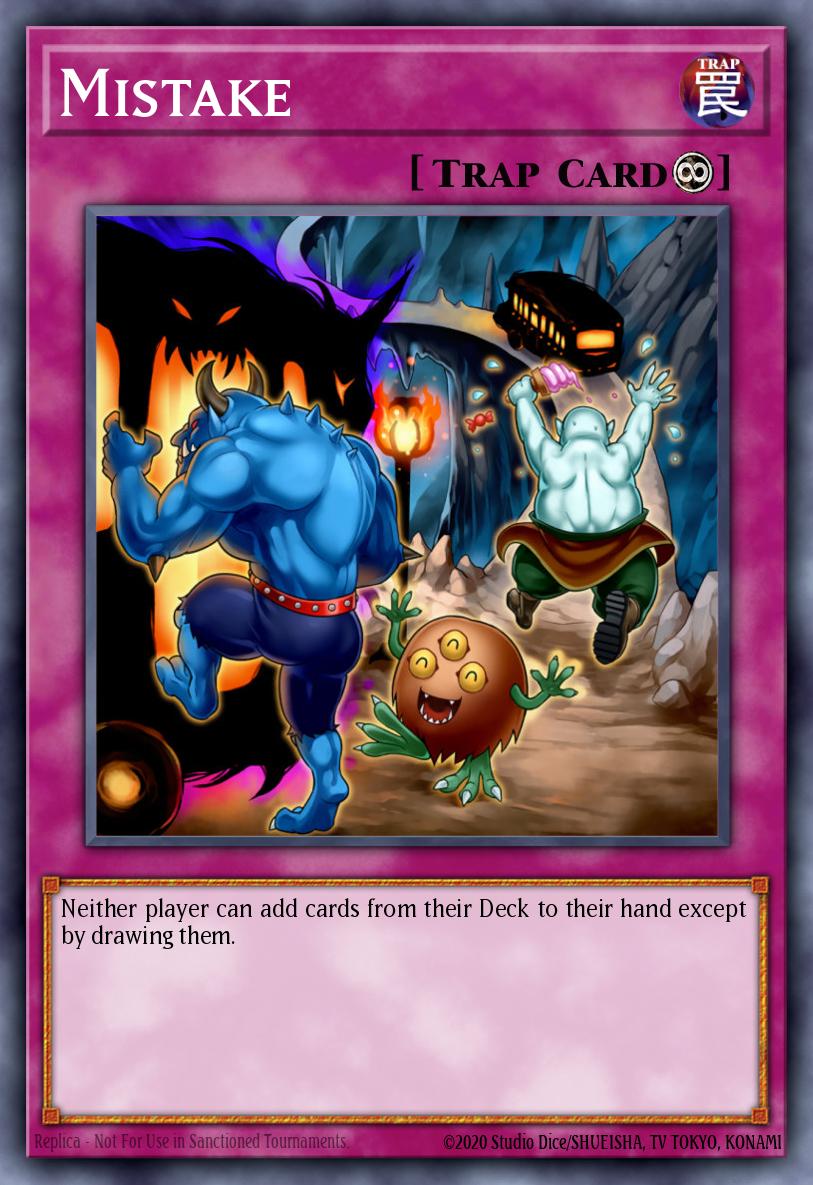
In the TCG, Zoodiac players prefer to mix Zoodiac with other engines. One of the popular combinations is Zoodiac Eldlich Dogmatika which includes three separate but powerful engines. The reason why this isn't done in the OCG might be because Cursed Eldland is at 2 and Nadir Servant is at 1. This also might be because the OCG has more cards that can supplement slots such as Maxx "C". OCG's version of Zoodiac have also made many adjustments between the months of January and February. In January, Drytron players started playing Vanity's Ruler backed by B-Buster Drake through Union Carrier. This made spell removal such as Dark Ruler no More and Forbidden Droplets ineffective. Therefore, Zoodiac adjusted by swapping droplets for more hand traps to prevent that scenario from happening. Now that some Drytron builds have cut Vanity's Ruler, Zoodiac decks have also changed their builds to adapt; subbing hand traps for floodgates.
Translating to the TCG
Zoodiac might be one of the decks that is better off in the TCG than adapting ideas from the OCG. This is because it seems that in the OCG, Zoodiac doesn't have strong enough non-archetype tools to account for those slots. The risk of mixing archetypes is always the lack of consistency in seeing one engine without the other. A good example of this is Trickstar Sky Striker. If a player piloting this deck was to open with one engine without the other, it feels like you're playing the worst parts of both archetypes rather than the best parts of each. In the OCG, I'm assuming that players have determined that it's not worth mixing Zoodiac with another archetype as the primary candidates for that (Dogmatika & Eldlich) both have their consistency nerfed. Although these archetypes don't conflict with each other, they also don't do too much with each other in terms of direct synergy.
Prank-kids Preparation
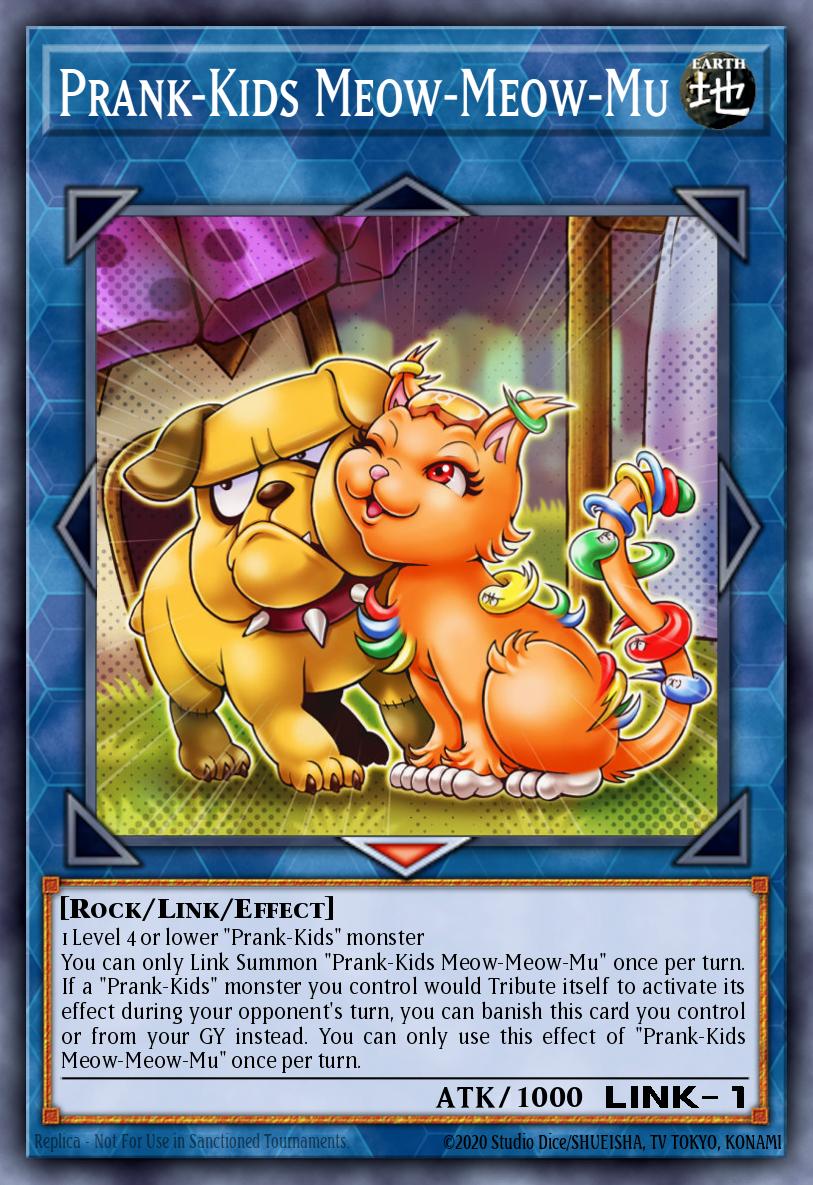
Prank-kids is a deck that has recently rising in popularity in both metas. With the release of Prank-kids Meow-Meow-Mu, Prank-kids gained a consistency tool and an unconditional starter. Meow-Meow also acts as a tribute substitute on the field and GY for your Prank-kids tribute effects. This lets the deck can play a high number of hand traps while still being able to combo consistently. It also enables you to use the effect of your Prank-kids boss monsters multiple times on your opponent's turn. This gives them a solid matchup against most other decks in the OCG meta. Having access to Crossout Designator and Called by the Grave at 2 also helps ensure your combos go through. One of the biggest problems for Prank-kids is Nibiru, the Primal Being which is precisely why Prank-kids in OCG main deck one copy themselves to banish for Crossout Designator.
Tech to Counter the Counter
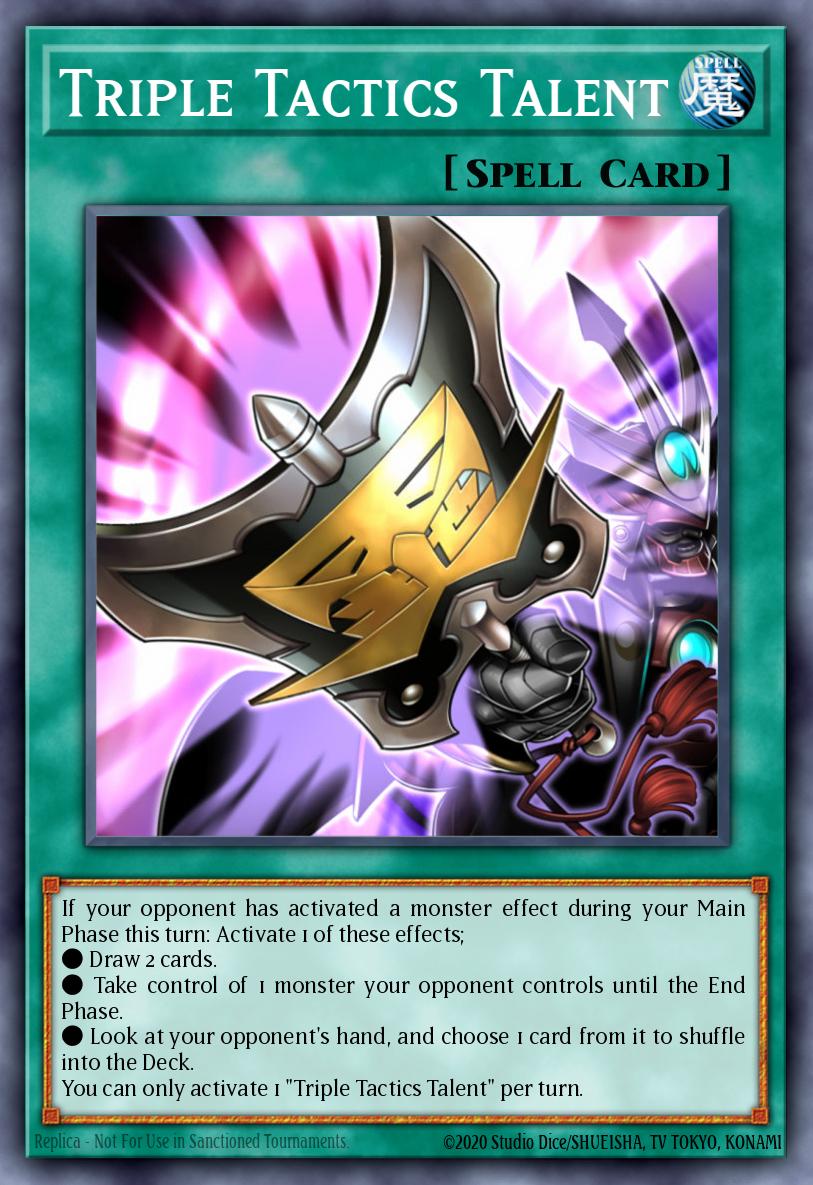
Against Prank-kids, you want to prevent their 1st summon from sticking to the board. This will prevent them from going into their combo. Prank-kids also suffer heavily against Nibiru, the Primal being as they're combo doesn't result in any negates. To counter this, Prank-kids in the OCG are playing a variety of answers. One of these answers is Triple Tactics Talent to take your opponent's monsters or to draw more cards to hopefully continue play. Another is a mix of Nibiru and Crossout Designator. One player also opted to run Zeus in the Extra Deck as he can take an opponent's XYZ monster with Tactics and then XYZ over it. The goal of Prank-kids when faced with disruption is end up with a way to still have some form of presence on the board. As long as you can achieve this, you'll still have fighting chances later in the game even if your 1st turn ends poorly.
Translating to the TCG
In the TCG, Prank-kids face similar problems to that of the OCG. For one, Nibiru really hurts and you don't have Crossout Designator to block it like you do in the OCG. Ideas like Triple Tactics are good though and could be easily transitioned into TCG decks. Although Crossout Designator is irreplaceable, there might be some decent alternative options to help against Nibiru. Although the idea might seem too far out to consider, running something like Prohibition might be viable to make sure your combo goes through.
Dragonmaids
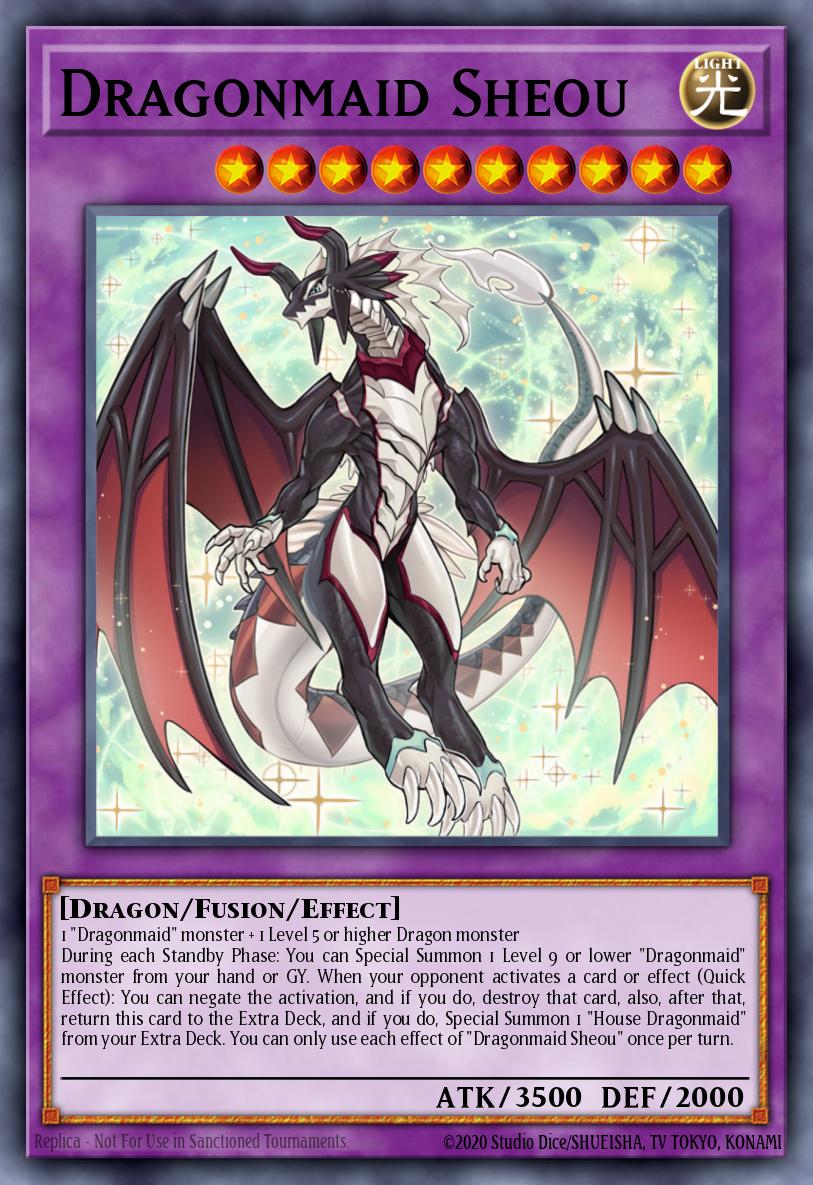
Dragonmaids is a deck that is pretty much absent from the TCG meta at a competitive level but is quite popular in the OCG. The deck is simple, control the board with hand traps, backrow and your Dragonmaid monsters and then go for the kill when there's an opening. Monsters like Dragonmaid Sheou boasts impressive stats and has an omni-negate that leaves behind another disruption in the form of House Dragonmaid after its use. Dragonmaid also has great recovery for grind games and could set up decent boards going 1st. With a big hand trap lineup, it's also good at forcing your opponent to create un-optimal boards when going 2nd. The success of Dragonmaids might be due to the difference in speeds of the meta across formats. In a slower meta, Dragonmaids capitalize with their ability to grind and out-resource their opponents. In a faster meta, Dragonmaids might not have the tempo to do so. With the OCG shifting towards a more defensive style of decks to counter the presence of combo, the rise of Dragonmaids isn't surprising.
Hand Trap Preparation
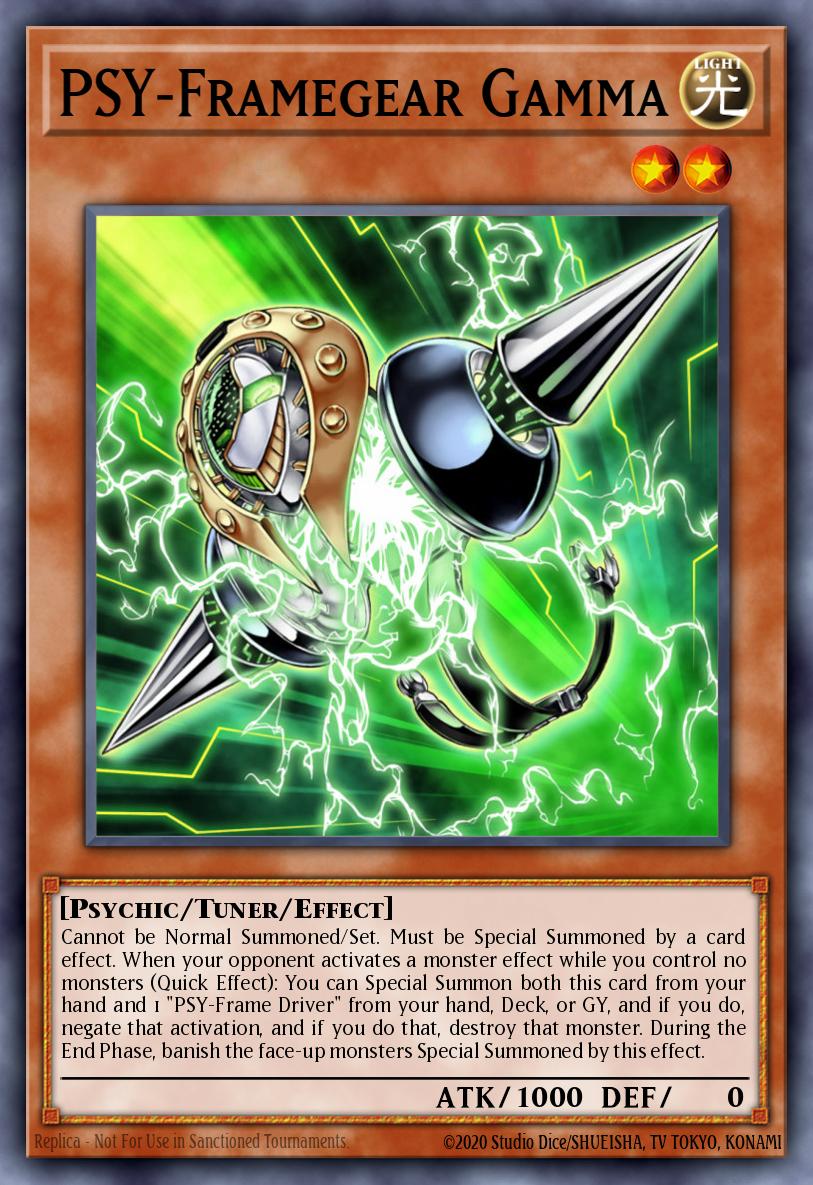
Because Dragonmaids are very consistent and have a small engine, it can run a large number of hand traps. These cards are generally changed based on what's strong in the meta. Currently, Skull Meister and D.D. Crow are good against Drytron and Virtual World. Skull Meister also serves a double purpose as it prevents your cards from getting hit by Crow. Gamma is also a hand trap that is great for countering Ash Blossom and Joyous Spring which will likely meet either your Pot of Prosperity or Pot of Extravagance. Gamma can also synchro into Chaos Ruler, the Chaotic Magical Dragon which is a great synchro for the deck. It's also pretty normal that if you Gamma an opponent's Ash during your turn, most of the time it'll be game over. To emphasize on hand traps, many Dragonmaid decks also run Lancea, more D.D. Crows and Ally of Justice Cycle Reader in the side deck. The idea of playing all these hand traps is to slow down the pace of the game. Dragonmaids excel when the opponent plays at their place. As long as you fight on similar grounds, Dragonmaids can slowly run ahead of the competition. If you aren't able to accomplish this, you might have trouble keeping up.
Why does it work?
So why is Dragonmaid performing so well in the OCG compared to its minimal representation in the TCG? Well, this is something that I'm not too sure of so I don't want to make a direct statement. After testing, here is my theory on why they perform. Firstly, Dragonmaid is very consistent and doesn't really have any terrible matchups. They can play going 1st or 2nd and have good lines for each. They're also a deck that doesn't get absolutely obliterated by a hand trap and could play relatively well through Maxx "C". The meta also currently doesn't have many good tools to deal with Dragonmaid due to their unique playstyle. Hand traps do effect the deck but not as hard as they effect other meta decks.
Translating to the TCG
So, can this deck work in the TCG? It's hard to say, with the absence of Maxx "C", it's unknown whether or not the deck can still perform. While Maxx "C" is pretty much the only card the TCG is missing, it's also a very important card and difficult to replace. Dragonmaids excel in putting up constant threats on the board. They're also great at grinding and are great at managing resources throughout the game. The weakness to a midrange deck like this is that if you can't deter combo enough, you'll have a difficult time getting to the mid-game. This might be better for the OCG as the meta is slower with most decks running a high hand trap count and even traps. In the TCG, it's possible that the meta is too fast and Dragonmaids just wouldn't be able to keep up.
Results
Disregarding the obvious roles of Maxx "C" and Crossout Designator, we can clearly see some of the tactics being implemented in OCG decks. Cards like Solemn Strike and different floodgates are highly favored as they can shut down an opponent's play immediately. Decks that perform well are also mostly ones that have small engines that can complete their development or combo in 1-2 cards. This lets the rest of the slots be devoted to hand traps or disruptions. An exception to this is Eldlich, which favors a much more control heavy playstyle with multiple floodgates and counter traps. It is also evident that Drytrons remain one of the biggest threats due to the high amount of cards being played to combat them.
The OCG meta is also very diverse with many different decks across different levels of play. Decks like Cyber Dragon, Pendulum Variants, Salamangreat and Thunder Dragon are still seen and sometimes even doing well. The OCG has also not hosted a big event recently with the exception of China's Wuhan Tournament which was a 7 round Top 16 event. Therefore, most of the results gathered and analyzed here are from events with an attendance averaging around 40~50.
Conclusion
When we consider shifting a deck from the OCG to the TCG, there's a number of factors to consider. Since our metas are different, obscure card choices should be analyzed before judged. Non-gameplay factors such as tournament structure and play environment are also elements that you should consider. With that, I'll leave the rest to you. What do you think about the card choices and decks played in the OCG? Is Dragonmaid a hidden gem? Can these strategies be transitioned over or is it only good in their meta? Try some of these ideas out at locals or online and see how you do.
Thanks for reading, and I hope you enjoyed this edition of Yu-Gi-Oh Preparation!
References
Here I will be posting the links to some of the decks analyzed in this article.
- 2nd NCS 1st Place (Virtual World)
- 2nd NCS 2nd Place (Virtual World)
- NCS 3rd Place (Drytron)
- Asaka CS 2v2 1st Place (Virtual World) Player 1
- Asaka CS 2v2 1st Place (Virtual World) Player 2
- 53rd Garosu CS 1st Place (Prank-Kids) Player 1
- Asaka CS Winter Cup 1st/2nd Place (Drytron)
- Asaka CS Winter Cup 1st/2nd Place (Dragonmaid)
- Purgatrio Cup 1st Place (Zoodiac) Player 2
- 17th Taiyo CS 3rd Place (Eldlich)
- 55th Garosu CS 3rd Place (Drytron) Player 1
- 55th Garosu CS 3rd Place (Prank-Kids) Player 2
- 16th Taiyo CS 1st Place (Drytron)
- 16th Taiyo CS 3rd Place (Dragonmaid)
- 6th Yongwu Cup 1st Place (Zoodiac)



